Traditionally a French cheese ripened through the use of mold cultures, Neufchatel cheese is divided into two distinct types depending on its country of origin, with Neufchatel cheese originating from the United States supposedly having a lower fat percentage and higher relative moisture content.
Owing to its low availability and relatively short shelf-life, Neufchatel cheese is often in short supply, especially in parts of the world where it is not normally produced. Fortunately, a large variety of cheeses and cheese products can act as potential substitutes for Neufchatel cheese, each being differentiated by the particular property required in a recipe of Neufchatel cheese.
The most common texture substitutes for Neufchatel cheese are cream cheese, Mascarpone, and high moisture ricotta cheese. The most common flavor substitutes are nutritional yeast and cottage cheese.
Why Should Neufchatel Cheese be Substituted?
Neufchatel cheese may require substitution in instances where the consumer possesses a health condition that causes them to become ill or otherwise find dairy products intolerable for their digestion, such as in the case of certain autoimmune diseases or even simple lactose intolerance.
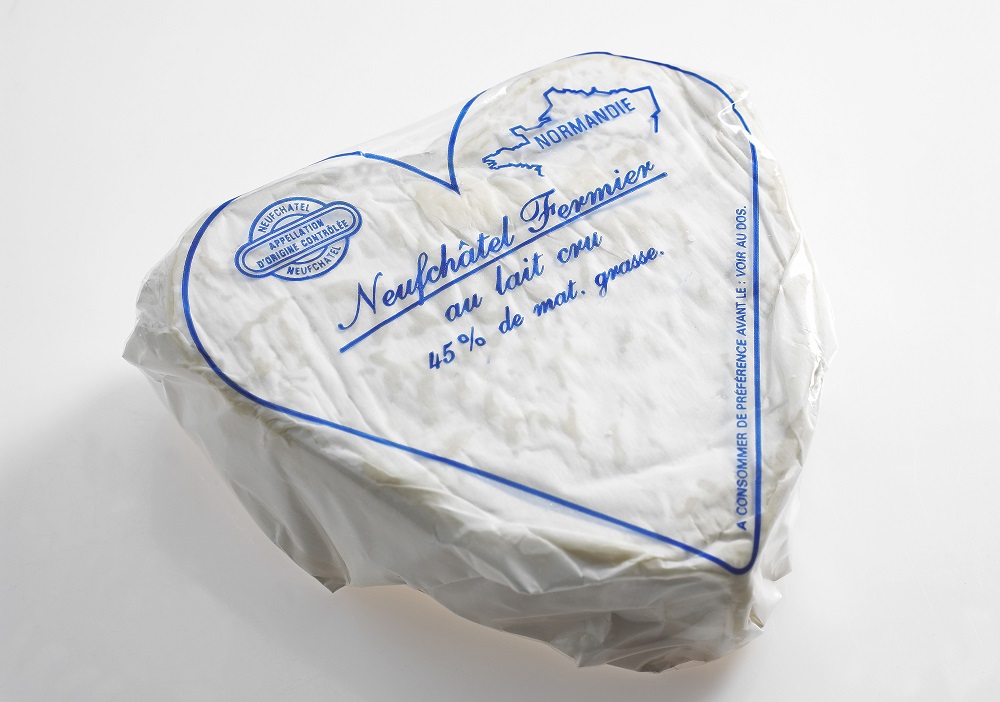
Additionally, Neufchatel cheese, when it is even available, is sometimes found to be quite expensive owing to its short shelf-life and the nature of which it is produced by, causing consumers to question whether similar but cheaper dairy products may be available for purchase.
These factors, in addition to a multitude of others, necessitate the substitution of Neufchatel cheese in the correct circumstances, and as such we have organized said substitutes according to the particular characteristic of Neufchatel cheese that they best replicate.
Texture Substitutes for Neufchatel Cheese
With a characteristically soft texture and a somewhat crumbly physical integrity, Neufchatel cheese is oftentimes compared to other white cheeses with high moisture content and a thin rind. However, the similarity ends there, as Neufchatel cheese may also possess a grainy texture that is difficult to find in other young cheeses produced from cow’s milk.
Though, several other types of cheeses may recreate certain aspects of Neufchatel cheese that, in a pinch, may act as perfectly suitable substitutes, especially when paired with other ingredients instead of being used as a standalone snack.
Cream Cheese
Oftentimes confused for Neufchatel cheese, cream cheese in either its low fat form or in its full fat form can both replicate the appearance and texture of Neufchatel cheese, especially in cases where it is added to a dish as a spread or topping, therefore allowing the consumer to ignore the difference in graininess between the two cheeses.
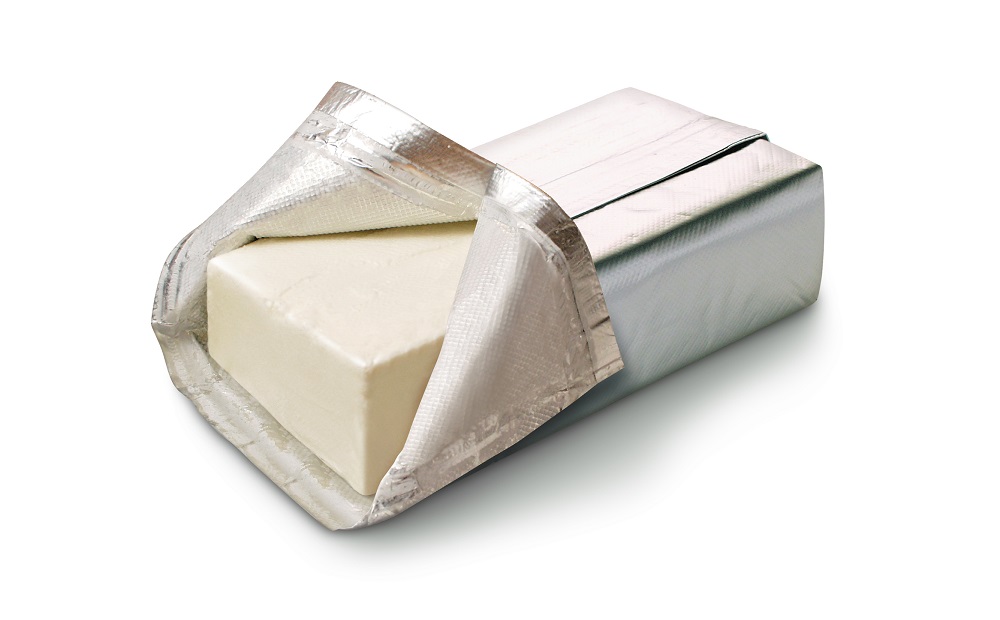
The primary downside to substituting Neufchatel cheese for cream cheese in most dishes is the lower moisture content of cream cheese, especially that of its low fat form, as the lower moisture content will alter the dynamics and general function of cream cheese when placed in certain environments such as an oven or stove.
However, this difference is negligible, and cream cheese is still considered one of the primary substitution candidates for Neufchatel cheese in nearly every situation.
Mascarpone Cheese
Also a form of cream cheese, mascarpone cheese is a soft and spreadable dairy product primarily produced through the acid-setting of milk that has had its whey compounds removed, creating a fluffy and moist texture that is difficult to replicate in other cheeses owing to their high whey content.
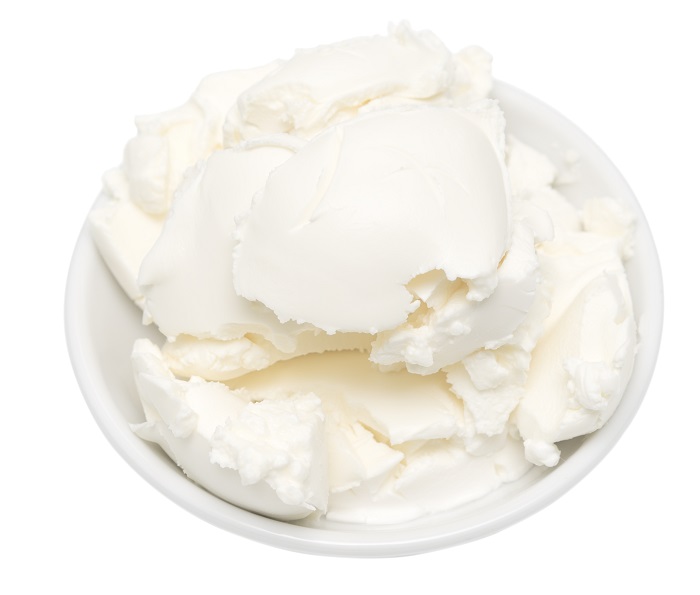
In terms of Neufchatel cheese substitution, mascarpone can replicate its subtler flavor notes and appearance quite well owing to its relatively fresh age and similarity in processing.
In concerns of textural similarity, mascarpone cheese is found to be somewhat softer and less crumbly than that of Neufchatel cheese, and as such is more suitable for use in dishes such as sandwiches or other types of food that have a type of physical scaffolding on which mascarpone cheese may be spread on.
High Moisture Ricotta Cheese
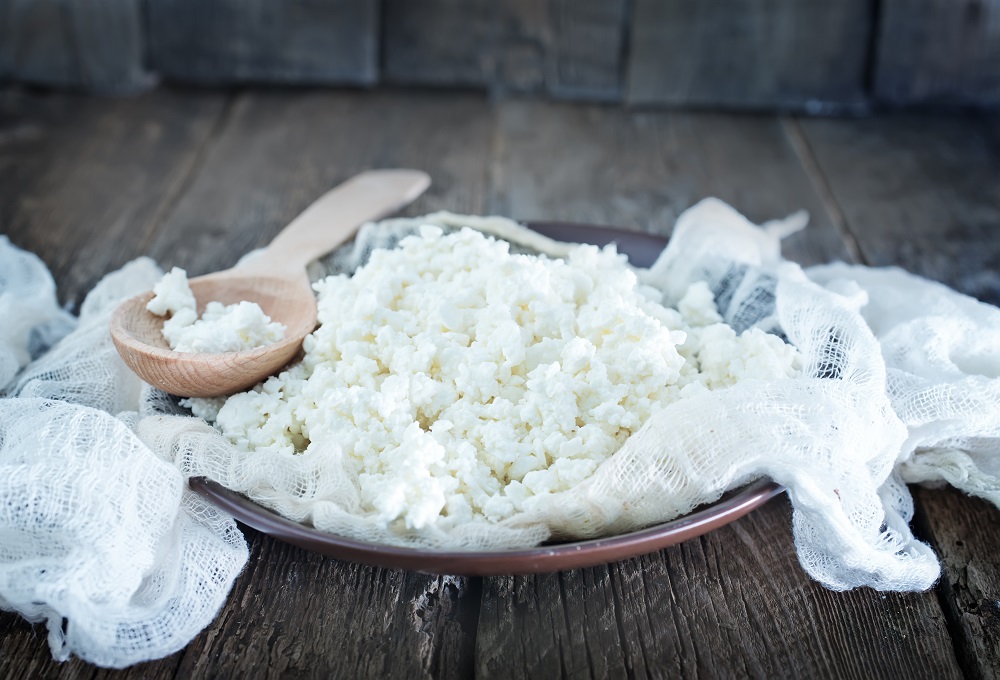
Fluffy and presenting a characteristically smooth mouth feel, ricotta cheese is a close cousin to Neufchatel cheese in terms of texture and appearance, both sharing the same trait of being soft in texture, especially in their unaged and younger forms.
However, ricotta is often split into multiple different types, depending on the particular processing method used during its creation, with ordinary and more common ricotta being the most similar to Neufchatel cheese in terms of texture and flavor owing to its graininess and slightly sweet taste.
Other forms of ricotta such as ricotta salata may be somewhat further away in similarity to Neufchatel cheese, as they are aged and therefore possess less moisture, creating a firmer and chunkier texture as well as a flavor that may be more salty, depending on the particular method involved.
Flavor Substitutes for Neufchatel Cheese
Replicating the particular flavor profile of Neufchatel cheese may be difficult in its entirety owing to the uniqueness in said flavors, with Neufchatel cheese presenting a main flavor body of nuttiness with certain hints of mushrooms on occasion, depending on which food expert is questioned.
While replicating Neufchatel cheese is relatively easy to substitute in terms of texture and appearance, its highly specific flavor is a somewhat more difficult characteristic to replicate, especially in dishes that utilize Neufchatel as the primary body of flavor in its taste profile.
Fortunately, certain types of cheeses or other food products can be used as substitutes for specific parts of Neufchatel cheese’s taste, replicating its nutty body or the yeasty notes found therein.
Nutritional Yeast Powder
Not quite the first thing most home chefs imagine as a flavor substitute for Neufchatel cheese, nutritional yeast powder is a type of yeast that has been modified and deactivated so as to act in a seasoning and spice capacity, providing a similar nutty yet cheesy taste to Neufchatel cheese when added to any meal.
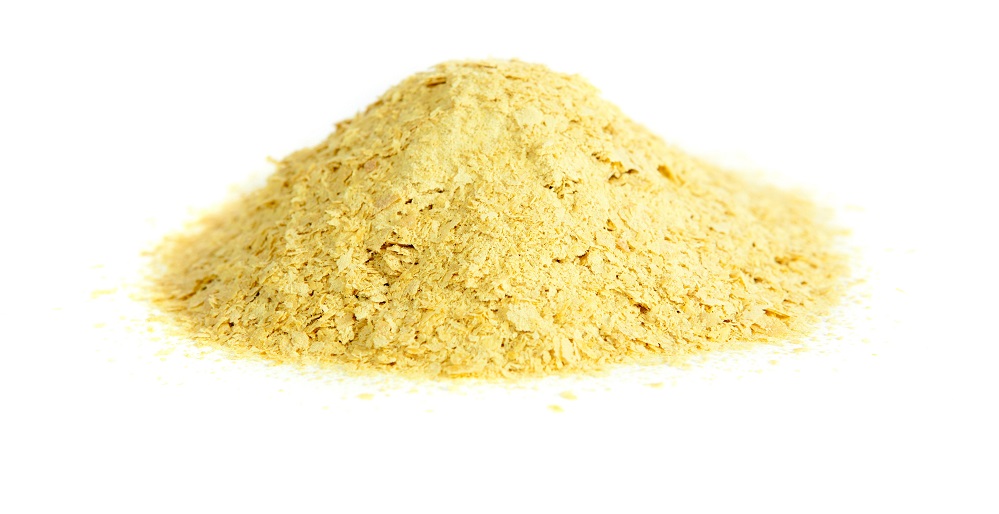
The main difference when using nutritional yeast powder in dishes in comparison to Neufchatel cheese is the obvious texture difference, with nutritional yeast being more like a seasoning or crunchy flakes, depending on the particular brand being incorporated.
As such, this makes nutritional yeast useless in dishes that require the texture of some sort of cheese to be present, either to provide moisture to the other ingredients or to act as the main body of the food itself.
Cottage Cheese
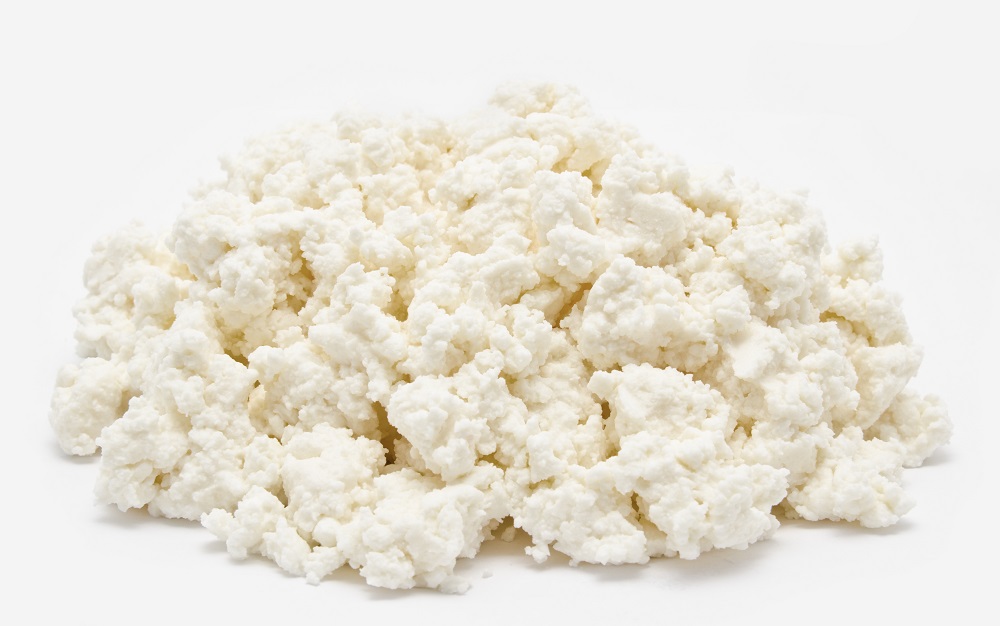
Another extremely common alternative to Neufchatel cheese, cottage cheese is often mixed with other dairy products or otherwise processed in some way so as to help recreate the somewhat smoother texture of Neufchatel cheese instead of cottage cheese’s pulpy curd texture.
In terms of flavor, cottage cheese presents quite similar notes of savoriness as Neufchatel cheese itself, albeit noticeably more mild, especially if diluted with the addition of other dairy products in order to create a textural substitution.
This makes cottage cheese somewhat more appropriate in certain dishes that ordinarily bring the Neufchatel cheese into direct contact with the consumer’s taste buds, as the more subtle flavor of cottage cheese is more likely to mesh with other ingredients found in said dish.
Vegan Cashew Cheese Replication
Cashew cheese is, fittingly, a form of cheese replication created through the culturing of ground cashew that has been previously soaked so as to soften them. This produces a Neufchatel cheese-like texture that can be altered into a more firm or more fluid form depending on the requirements of the recipe Neufchatel cheese is being substituted in.
In terms of taste, vegan cashew cheese can be brought significantly close in flavor to Neufchatel cheese through the addition of certain other ingredients that also share the same notes of flavor as Neufchatel cheese itself, such as ground mushroom seasoning or nutritional yeast.
The benefit to using vegan cashew cheese flavored to replicate Neufchatel cheese is that it possesses the best of both worlds wherein it may possess the same texture as Neufchatel cheese as well as its distinct taste, so long as the vegan cashew cheese is processed appropriately.
References
1. Bob “Robert” Brown. (2006) “The Complete Book of Cheese.” Echo Library. Retrieved via Google Books
2. N. Grasso, Y.H. Roos, S.V. Crowley, E.K. Arendt, J.A. O’Mahony, Composition and physicochemical properties of commercial plant-based block-style products as alternatives to cheese, Future Foods, Volume 4, 2021, 100048, ISSN 2666-8335,
3. Ehlers, Steve, and Jeanette Hurt. The Complete Idiot’s Guide to Cheeses of the World. Alpha Books, 2008.



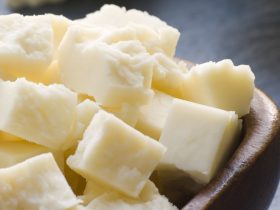
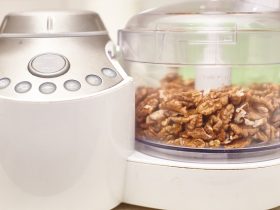
Hi, I'm Dom
Dom Eats was started to help other people fall in love with food. While cooking can feel intimidating, it doesn't have to be.